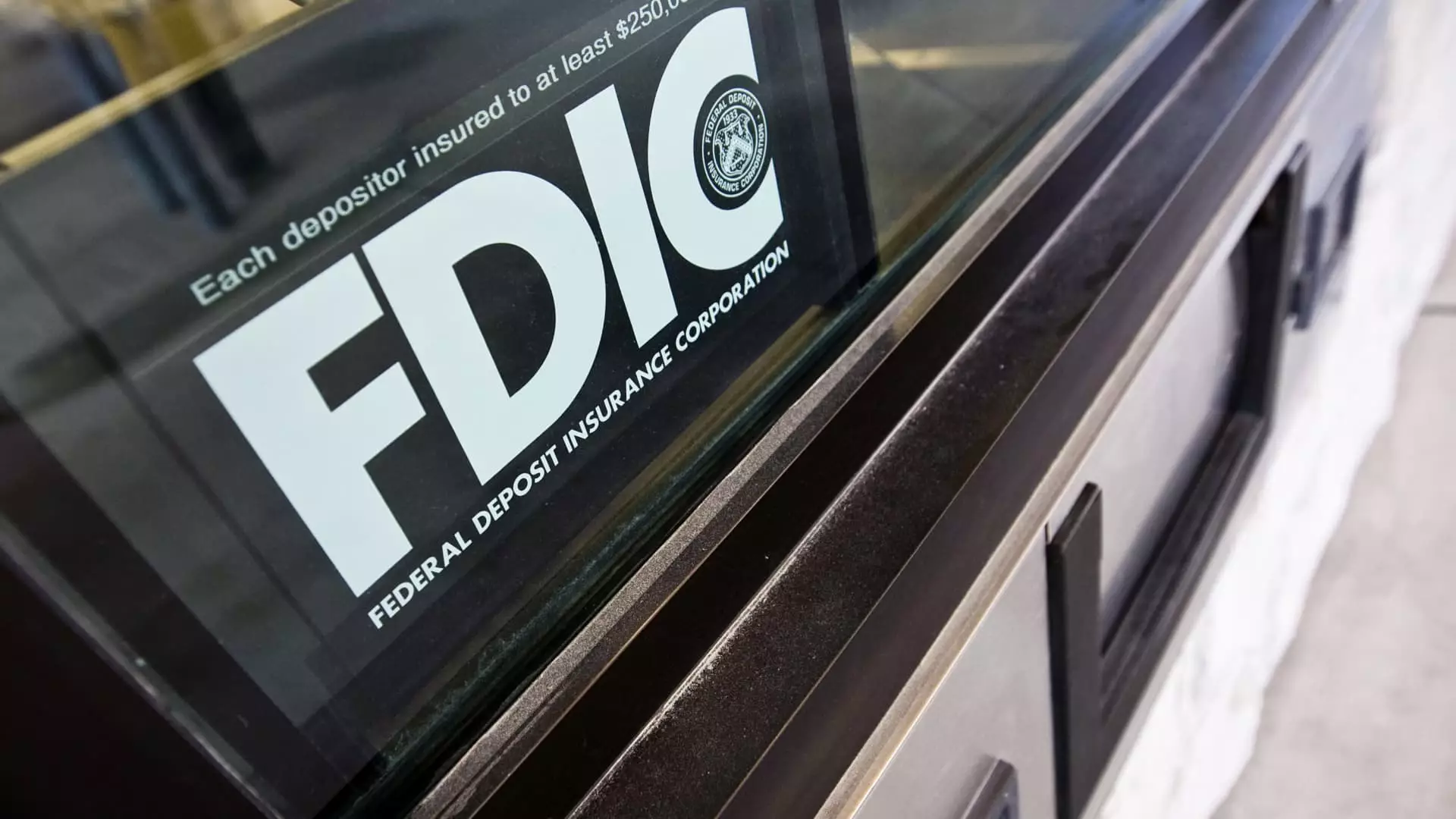As the inauguration of President Donald Trump approaches, significant transformations within the federal government loom on the horizon. With an agenda that appears poised to reshape the landscape of governance in the United States, the focus on reducing the size and influence of federal agencies raises critical questions about the implications for stability and regulatory oversight. This article delves into the proposed cuts and reorganization efforts surrounding key institutions, particularly the Federal Deposit Insurance Corporation (FDIC) and the Consumer Financial Protection Bureau (CFPB).
With an emphasis on fiscal prudence, Trump has signaled intentions to streamline government operations. The establishment of the Department of Government Efficiency (DOGE), co-chaired by influential figures such as Elon Musk and Vivek Ramaswamy, suggests an aggressive approach to cutting what the administration perceives as duplicative or unnecessary regulatory bodies. These moves invite scrutiny, especially considering the FDIC’s long-standing role in safeguarding depositor funds since the Great Depression.
At the heart of this debate is the proposal to potentially dissolve the FDIC, an institution that has maintained the trust of American depositors by insuring up to $250,000 per individual account holder. With a track record of ensuring no depositor has ever lost FDIC-insured funds due to bank failures, the agency’s effectiveness is widely acknowledged. Critics of its proposed dismantling, like former FDIC Chairman William Isaac, stress that eliminating such a robust mechanism could destabilize the banking system, compromising a crucial aspect of consumer protection.
Advocates for the FDIC argue that its removal would not only undermine consumer confidence but also threaten the integrity of the U.S. financial system. As highlighted by Brett House, an economics professor at Columbia Business School, the reliance on deposits as a fundamental source of capital underscores the need for robust insurance mechanisms. The notion that large banks might weather the storm without FDIC backing contrasts sharply with the vital role regional banks play in local economies through consumer lending and small-business financing.
The potential shift of oversight responsibilities to the Treasury Department raises concerns about whether such an arrangement would adequately protect depositors in case of a financial crisis. While the argument for reducing the number of oversight agencies emphasizes efficiency, it overlooks the critical functions these entities serve in maintaining systemic stability.
Consumer Protections Under Threat?
In addition to the FDIC, the future of the CFPB also hangs in the balance as reviews of its effectiveness and ideological leanings come under fire. Established after the 2008 financial crisis with the intent of protecting consumers from financial malpractice, the CFPB has become pivotal in regulating an increasingly complex financial landscape. If the agency were to be dismantled or drastically altered, consumers might face heightened vulnerabilities in an industry marked by rapid innovation but also profound risk potential.
Critics argue that the CFPB, funded independently of congressional appropriations, has adopted policies that could be characterized as partisan rather than solely consumer-focused. On the other hand, proponents highlight its essential role in combating consumer abuses and ensuring fairness in lending. Richard Dubois, of the National Consumer Law Center, contends that the bureau is crucial for safeguarding consumers against predatory practices, raising concerns about the erosion of these protections if the agency were to be disbanded.
Perhaps the most pressing question is how to strike a balance that allows for operational efficiency without sacrificing consumer protections and systemic stability. Although calls for reducing government expenditure and eliminating overlapping agencies resonate with some political factions, the sweeping removal of established institutions invites considerable risk. Regarding agency reforms, it seems essential that discussions emphasize not just cuts but also strategic approaches to streamline operations while keeping essential functions intact.
Tomas Philipson, a public policy expert, encourages a thoughtful evaluation of which activities are essential and how best to manage them. The idea that fewer agencies mean reduced bureaucracy must be accompanied by vigilance against unintended consequences. Policymakers would do well to remember that while government reform can be beneficial, it should not come at the cost of protections that bolster consumer confidence in the financial system.
As the administration prepares to enact its agenda, the coming weeks and months will reveal whether these proposed changes will lead to a more efficient government or if they will instead threaten the integrity of crucial regulatory frameworks that have historically supported the American economy. The stakes are high, and careful consideration is necessary to ensure that reforms enhance rather than undermine the financial well-being of U.S. citizens.

